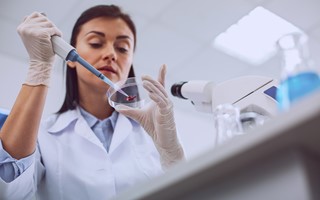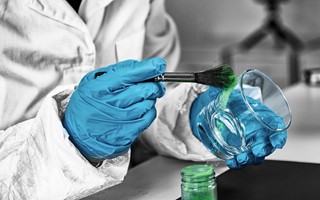News February 03, 2022
Scientific knowledge and specialist insight from your expert witness both increases understanding and allows you to build a more effective defence strategy. Here at Forensic Access, we know how important it is that you are asking all the right questions and getting as much information as you can from your Forensic Pathologist.
Spelling out very clearly what the question you have is – i.e., what you want an answer to – is incredibly important. Very often what an expert may look at and think is important is not actually important to your case. Equally, what the solicitor is concerned about may not be something that the Forensic Pathologist would particularly think about.
Providing as much information as possible is important. The last thing an expert wants, and the last thing a solicitor wants, is for the expert to be consulting in court and be presented with a piece of information that should have been disclosed sooner and completely changes the context of a case.
As a general guide you should make the following readily available to your expert witness:
MG5 case summary
This provides a Forensic Pathologist with an overview of the case at hand. It is a useful “starting point” but some Forensic Pathologists prefer to also see the original statements or interviews as well as someone’s summary of them. Your expert would typically rather read the statement itself and determine whether it was adequately summarized in the MG5.
Charge sheet
Charge sheets enable Forensic Pathologists to gain an understanding of the charges that are being dealt with in a particular case.
Witness statements
Witness statements are incredibly useful. It’s helpful to know if there are different interpretations of what may have occurred.
Medical records
The first 24 hours’ worth of medical records are most useful to your Forensic Pathologist. If you’re asking them to comment on treatment two or three days down the line, there is a limit to what your expert can add to that. Those first 24 hours usually have the initial assessment of what injuries have occurred and what marks are present, which is the most crucial information.
Photographs
Photographs of the injuries sustained should be provided at the highest quality possible. They are particularly necessary to your experts’ review of the case.
Interview transcripts
As previously mentioned, Forensic Pathologists would rather see copies of interview transcripts as opposed to a case summary.
Defence case statement
A defence case statement is a useful piece of material for your expert to help them understand what they are dealing with.
Digital case file
Recently with the advent of the digital case management system, Forensic Pathologists have on occasion been provided with the entire digital case file. There are both pros and cons to this. If your expert is provided with all the material, the likelihood of something being missed that wasn’t provided to them is greatly reduced. Digital case files can also be helpful if your expert is questioned on a particular piece of information in court, to which they can acknowledge the piece of information but explain that they discounted it.
However, it does tend to add time to the expert’s schedule because there is more material to digest and review. The reports will naturally be longer because your expert is likely to outline every piece of material they have seen, even if it is simply to say that the material does not change their opinion.
Other factors to bear in mind when reviewing your evidence:
Consider the issue – is it a matter of treatment or causation?
This will help point you to the best expert for your case.
When it comes to the injuries that are present, consider when and where the observations were made
If it was in the middle of A&E for someone who is extremely unwell, they are likely to be less accurate or robust than if they are taken in a calm, quiet manner a day after a person was injured.
Ascertain the seniority and expertise of the person providing the statement
If it is a person who regularly provides expert witness statements, we would like to think that they would have all the appropriate declarations involved. However, if it is simply a one-side, half filled-in proforma, it may not be particularly robust.
It should also be remembered that if a jury is presented with a doctor’s statement unchallenged, or reviewed, they may not question the document and believe the statement the doctor provided is a fact.
Ignore “the injuries were consistent with the mechanisms described”
This statement simply means that the injuries could have happened in the way that the person is telling the doctor that they happened. We must not forget there could equally be other explanations though. It is not impossible that a person going to hospital may have provided a version of events that support their view over the version that another person may have of what happened.
Forensic Pathology Expertise
Forensic Access works with some of the UK’s most experienced Home Office Pathologists, as well as offering the complete range of experts for more specialist cases.
To find out more about the forensic services that we offer, get in touch via Tel: 01235 774870 to speak with a member of our team or fill-in our online contact form.


